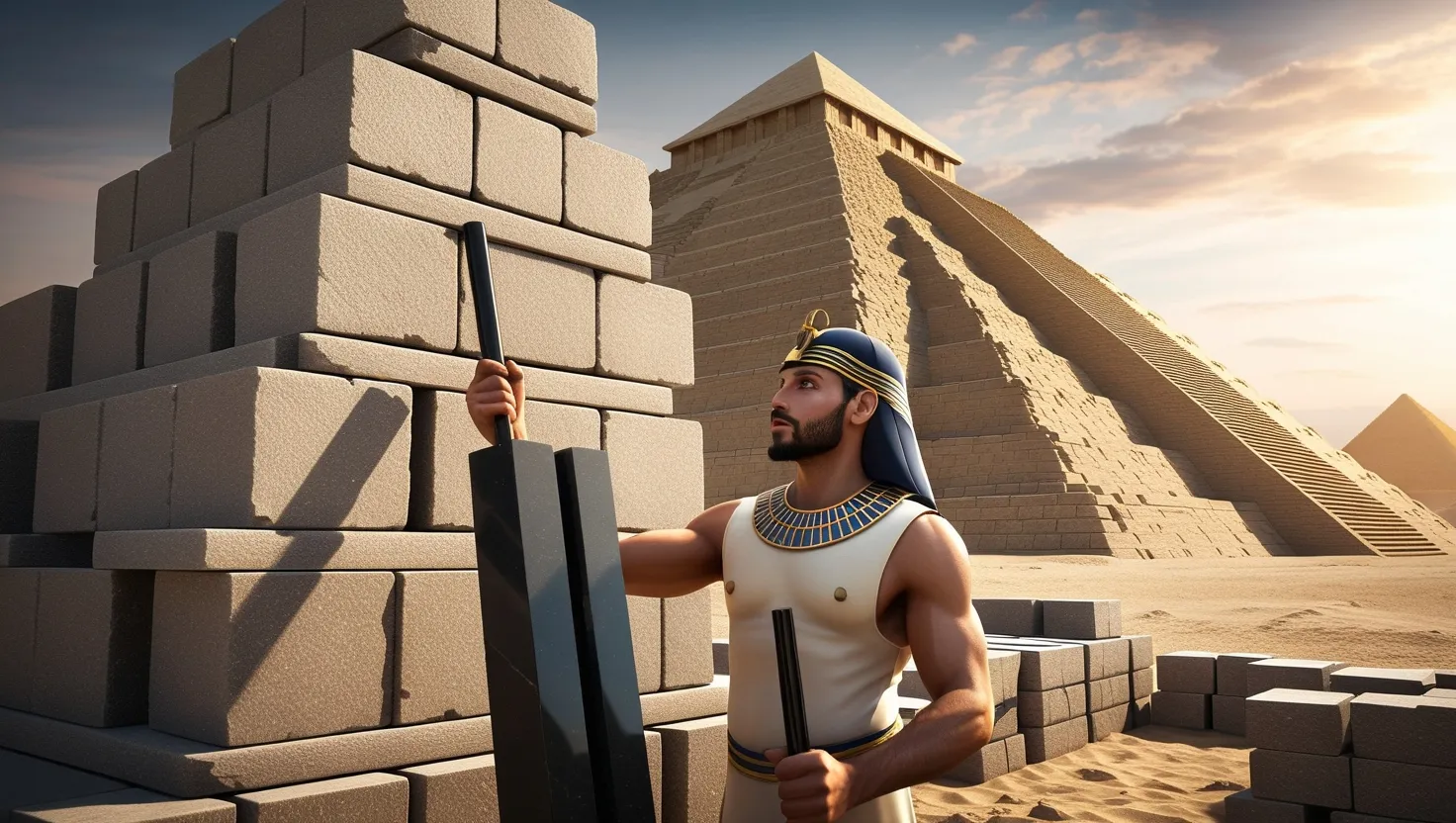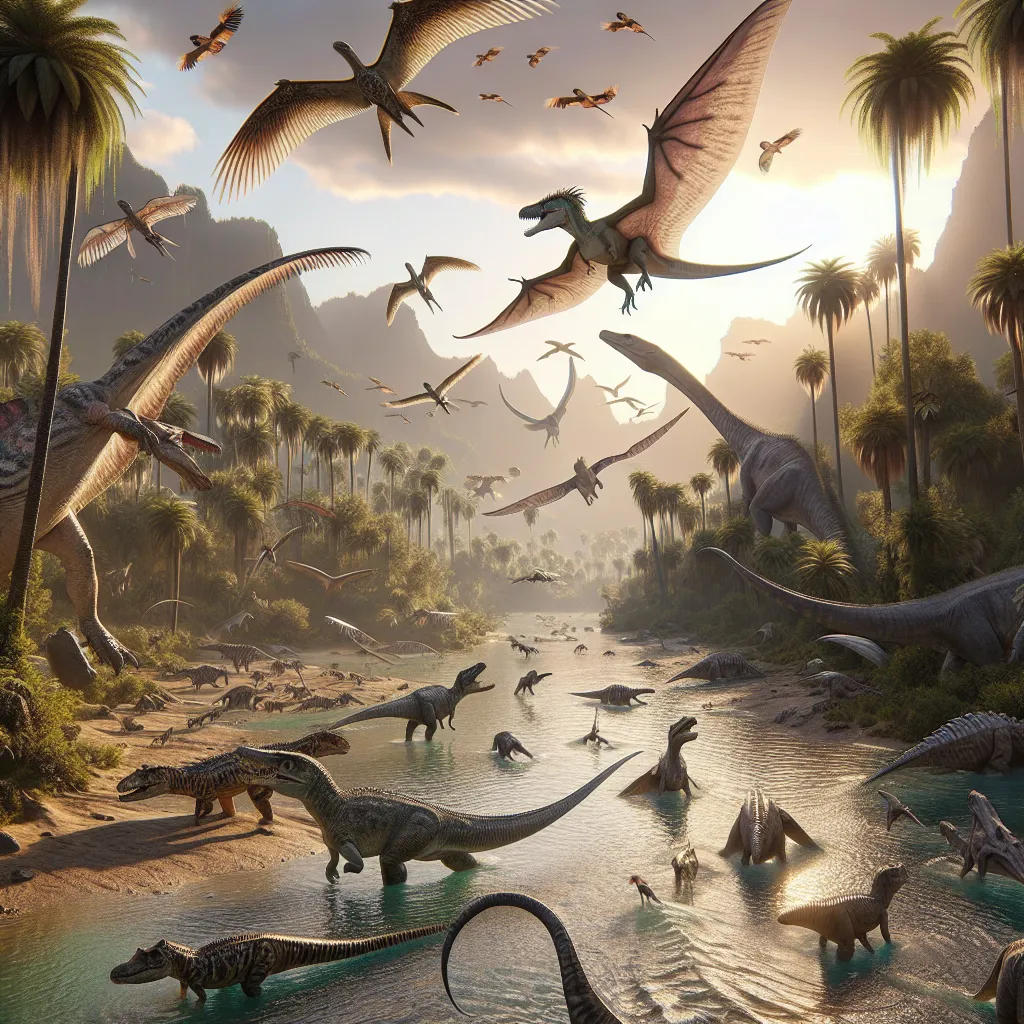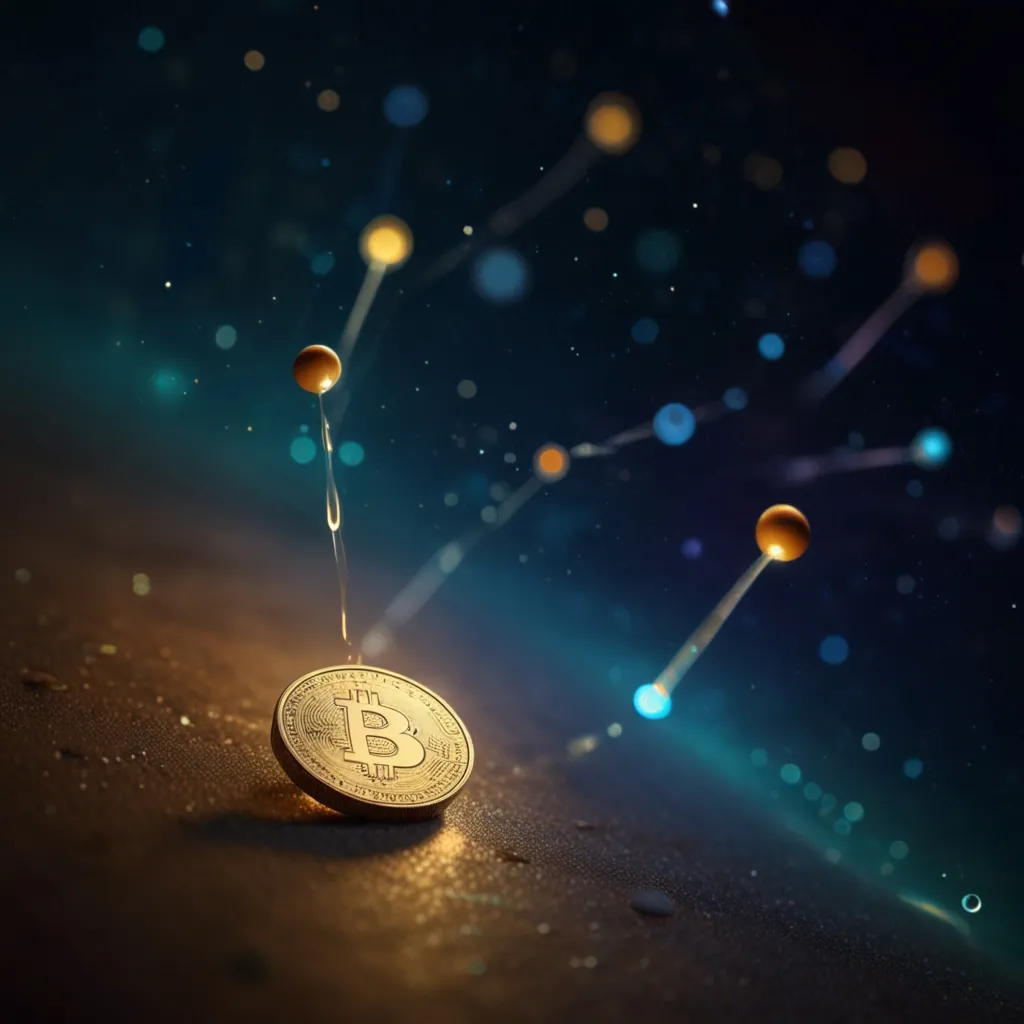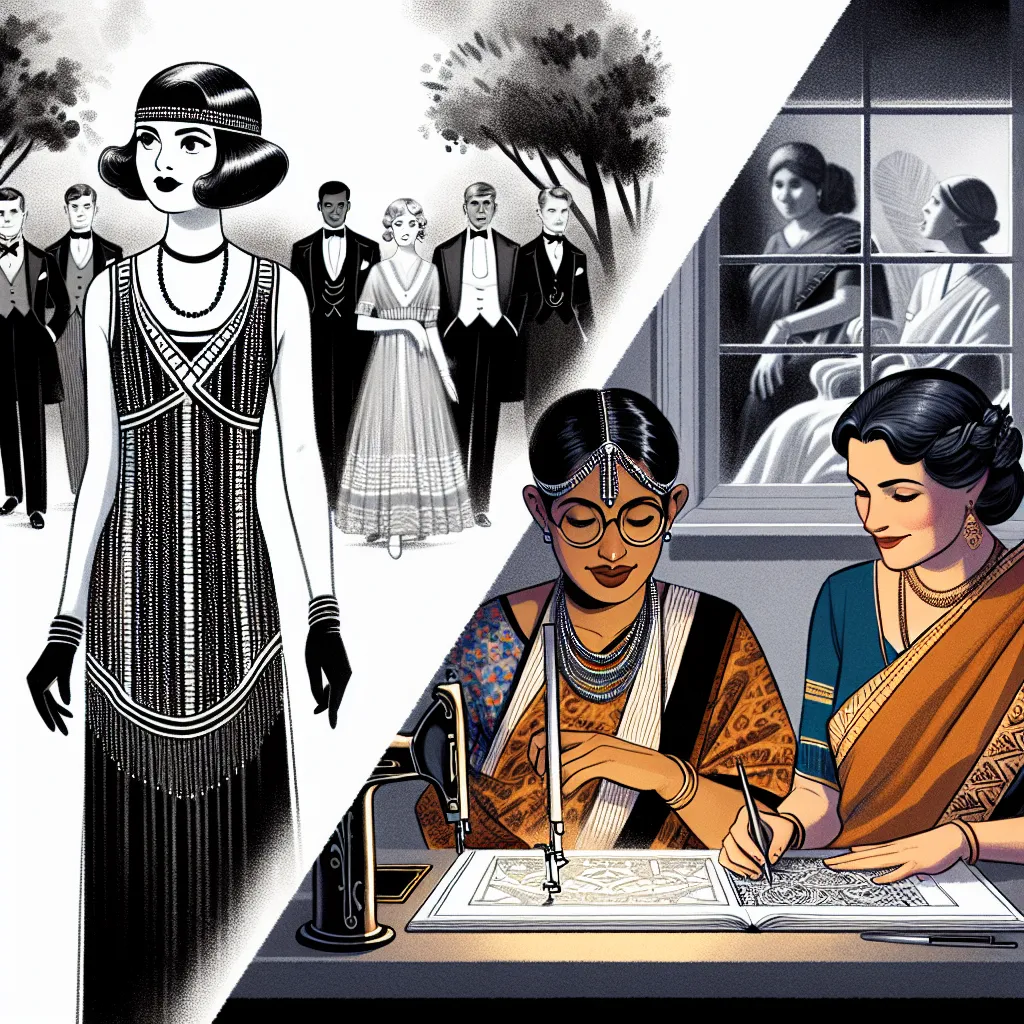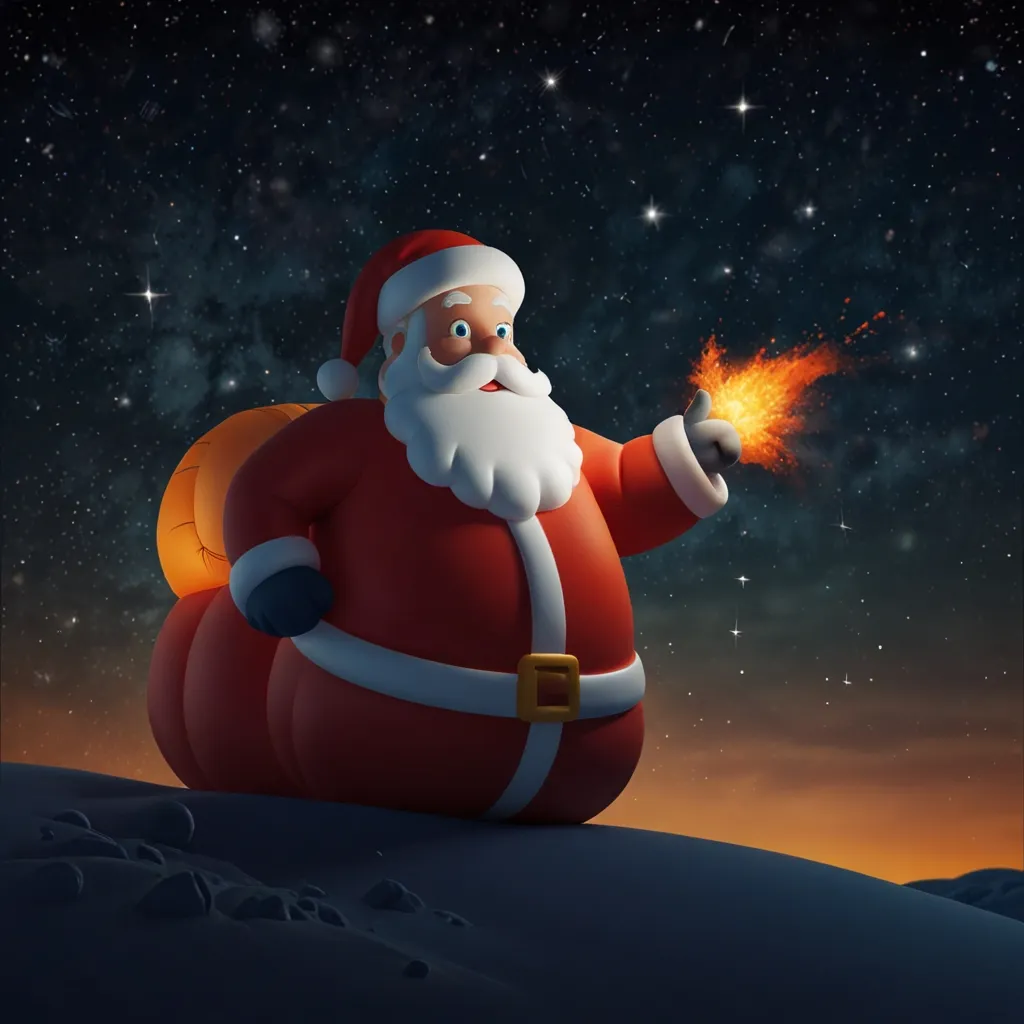Measurement is at the core of how I make sense of the world. When I think about what lets us build cities, cure diseases, or explore beyond our planet, it always circles back to one thing: the ability to quantify, to compare, and to standardize. Numbers give shape to everything from a child’s leap to the Moon’s orbit. Yet, when I pull on the threads of history, the true marvel lies not just in familiar milestones, but in the subtler, often overlooked moments—those when an abstract concept suddenly became concrete, transforming not just the sciences, but society itself.
Let’s start with a world that knew no ruler or clock. Early humans estimated with handfuls and strides, their measurements as variable as the people themselves. Picture trying to trade grain with a neighbor who measures by his own forearm when yours is quite different—or trying to build a shelter whose corners never quite line up. The confusion was inevitable, and progress was slow.
Then, around 2700 BCE, ancient Egypt did something radically simple but world-changing: the pharaohs introduced the royal cubit rod. Carved from black granite, it fixed the standard length: about 52 centimeters, measured precisely from elbow to fingertip of the king. This wasn’t just a wooden stick. It was a token of unity, a passport to trust. Builders could now quarry and transport rocks knowing their blocks would fit seamlessly. The Pyramids of Giza, those mountains of stone with joints so snug you can’t slip a blade between them, became possible. But what most textbooks skip is how the cubit rod trained generations in precision. Apprentices checked their own cubit rods against the official royal version, sometimes under supervision, to avoid costly errors. Each builder became a guardian of accuracy, transforming abstract length into shared reality. Can you imagine coordinating thousands across the Nile without such order?
Jumping forward, I find myself twenty leagues out at sea, clouds blanketing the sky, ocean swells hiding every landmark. Navigation by dead reckoning was guesswork, far away from any coastline. The answer came courtesy of John Harrison, whose marine chronometer H4 was more art than machine when he revealed it in 1761. The stakes were huge: an error of a few miles could shipwreck an entire crew. Harrison’s clock defied the damp, the rolling decks, and the salty air. Suddenly, longitude was calculable. One simply compared local noon (when the sun was highest) with the home port’s time shown on the chronometer. Each hour’s difference told your position: fifteen degrees per hour. What often escapes mention is the stubborn resistance to Harrison’s invention. Many captains, trained in old habits, distrusted the new device. The struggle wasn’t only technical—it was cultural. Only after repeated demonstrations did trust in the chronometer spread, and with it the confidence to cross the world’s oceans reliably. If you had to risk your life on a ticking box, would you take the leap?
Chemistry—and our entire modern view of matter—has a hero in Antoine Lavoisier. He could have stuck to observation and speculation, as most “chemists” of his day did, but instead he built a laboratory around precision. The balance was his central weapon. Instead of vague phlogiston theories and mystical transformations, Lavoisier proved that mass is conserved by measuring everything to the milligram, conducting reactions in sealed glass so nothing escaped. With a balance, he showed that air has weight, that matter transforms rather than vanishes. His careful notes set a new bar for honesty in science. Perhaps less known: Lavoisier spent hours calibrating his balances, often double- or triple-checking with standards sent from colleagues. He sought not just truth, but reproducibility—a principle so embedded in modern science I sometimes forget it had to be invented. Does it surprise you how many revolutionary shifts start with a devotion to accuracy and repetition?
Consider then Albert Michelson, who, in 1879, chased something as intangible as light itself. How do you catch and measure the velocity of something that seems instantaneous? Michelson designed a system of rapidly spinning mirrors and measured tiny, almost imperceptible shifts in a light beam’s path over precise distances. His persistence is legendary: repeats, tweaks, constant recalibration, until his numbers aligned. His work nudged our understanding of space, time, and electromagnetism into an entirely new zone. Yet, beyond the equations and mirrors, Michelson’s background as a Navy officer played a quirky role. Used to drills and discipline, he brought a military rigor to his experiments. I like to imagine him pacing his lab like the captain of a ship, double-checking every part of the setup as if preparing for inspection. It’s easy to marvel at the results, but what about the hundreds of failures before the final figure?
“Without measurement there can be no science.” – Lord Kelvin
Measurement isn’t static. It has evolved continuously, sometimes in major leaps, sometimes in cautious steps. The kilogram presents a fascinating example. For over a century, the world’s unit of mass was literally a lump of metal kept in a Paris vault—an object as prone to scratches and atomic drift as any heirloom. But science marched on, and with it, the demands for minute precision kept growing—think pharmaceuticals or nanotechnology, where even a billionth of a gram matters. In 2019, we arrived at an elegant solution: define the kilogram not by a thing, but by unchanging universal constants. The Kibble balance was the key, using electromagnetic forces to relate mass directly to Planck’s constant—a fundamental property of nature itself.
“Measurement is the first step that leads to control and eventually to improvement. If you can’t measure something, you can’t understand it.” – H. James Harrington
This shift is more than scientific neatness; it represents a break from every previous standard. There is no single artifact to lose or alter—the kilogram now exists as a relationship between forces and the quantum world, available to any lab with the sufficient technology. On a philosophical level, it’s remarkable to realize a concept as earthly as mass is now tied to the physics that governs black holes and the birth of the universe. Doesn’t it make you wonder what other everyday realities will be redefined next?
Measurement systems have often had unintended social consequences. The standardization of length in Egypt didn’t just enable grand buildings—it cemented royal authority, drawing a line between official truth and ordinary experience. When Britain pushed the metric system after the French Revolution, resistance came not just from confusion, but from national pride; even now, you’ll find stubborn holdouts clinging to imperial inches and pints. What’s behind the comfort of old systems, even when new ones make life easier? Maybe it’s the simple truth that numbers shape not just objects, but identities.
“A man with a watch knows what time it is. A man with two watches is never sure.” – Lee Segall
Reluctance often lingers well after a breakthrough. The Kibble balance is a marvel, but local shops still weigh your produce with mechanical scales, and textbook diagrams keep showing the original platinum kilogram. I’ve found that culture absorbs precision slowly. Each advance needs time to ripple out, from exclusive tools of specialists to the practical backbone of everyday life. Why does the new sometimes feel threatening, even if it’s obviously better?
Looking back, it’s not just the objects—the rods, the clocks, the balances, the mirrors, the balances again—that matter, but the mentality they fostered. Before the royal cubit, accuracy was a personal trait; after, it was a communal standard. Before the chronometer, reckoning longitude was a creative guess; after, it was a calculable certainty. Measurement breakthroughs didn’t just resolve disputes and enable engineering: they made the very notion of a “fact” possible.
Sometimes I dwell on the measurements that shaped things indirectly. The kilogram’s shift relied on revisiting older discoveries—of balance, of electromagnetism, of quantum characteristics. Michelson’s light-speed experiment, itself built on theoretical work, paved the way for Einstein’s relativity. Lavoisier’s reliable scales disproved old doctrines and fostered a culture of experimental proof. Harrison’s timekeeping didn’t just pin down longitude; it cracked open the globe to unimagined commercial, cultural, and scientific exchange.
“Everything that can be counted does not necessarily count; everything that counts cannot necessarily be counted.” – Albert Einstein
The next chapters are being written now. Artificial intelligence enables sensors to quantify realities previously invisible: the quantum jumps inside atoms, or the faint traces of gravitational waves from deep space. Genetic sequencing translates life into digital reads, the new face of measurement written in code. The struggle stays the same: making the intangible visible and the invisible usable.
If I pause and ask: what would my life look like without these shifts? No consistent medicine dosages. No reliable timezones. Every building a gamble, every global transaction a risk. The ordinary certainty of daily life—trains timed to the minute, machines calibrated exactly, fair measures in trade—all spring from these historical strokes of insight and perseverance.
So, I come back to the beginning. Measurement doesn’t just build pyramids, or guide ships, or unlock the secrets of atoms and stars. It shapes how I relate to the world and to others. Each new tool transforms uncertainty into confidence, bridges the strange with the familiar, and, if I’m honest, satisfies the human itch for fairness—a desire for systems that play no favorites.
What are the next unlikely breakthroughs waiting in the wings? What untapped phenomena are still out there, waiting for the right tool, the right standard, to make its mark on history? If each era birthed its own revolution in measurement, whose story will define the future? That’s one question no standard can yet quantify.
